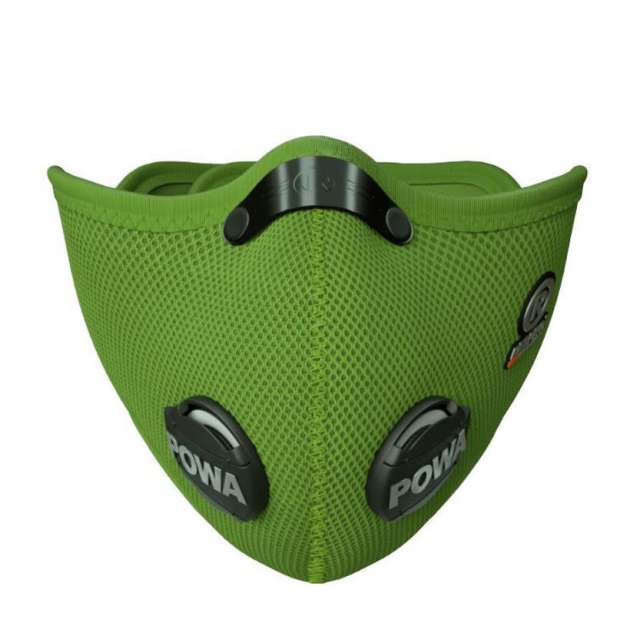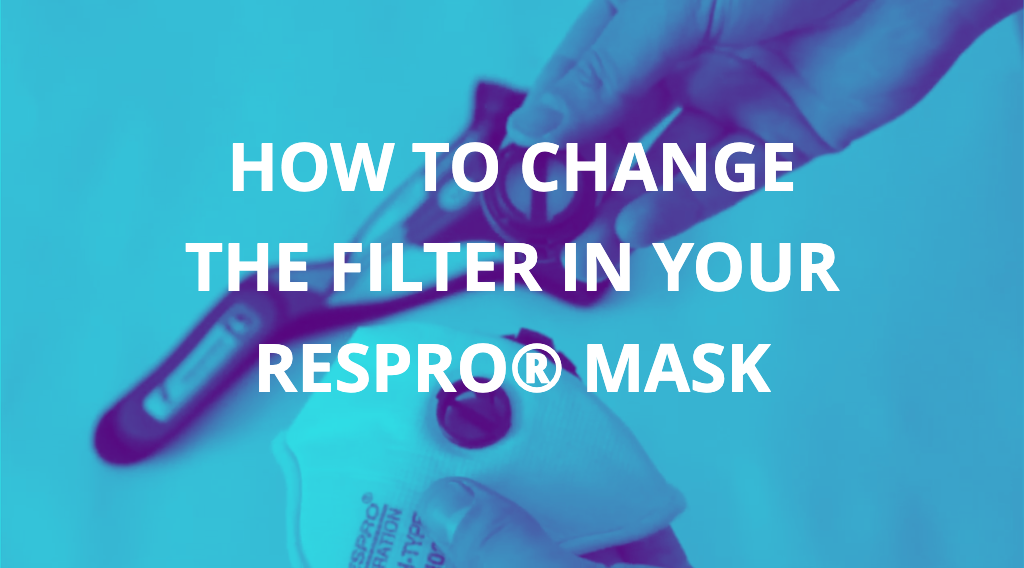Hu Li’s heart sank when she realised that she could gauge how close she was to home by the colour of the air. Driving 140 kilometres from Tianjin City to Beijing last week, she held her breath as the chalky-white horizon became a charcoal grey haze. The 39-year-old businesswoman has lived in Beijing for a decade, and this past month, she said, brought the worst air pollution she has ever seen. It gave her husband a hacking cough and left her seven-year-old daughter housebound. “I’m working here and my husband’s working here, so we have no choice,” she said. “But if we had a choice, we’d like to escape from Beijing.”
A prolonged bout of heavy pollution over the last month, which returned with a vengeance for a day last week – called the “airpocalypse” or “airmageddon” by internet users – has fundamentally changed the way that Chinese people think about their country’s toxic air. The event was worthy of its namesake. On one day, pollution levels were 30 times higher than levels deemed safe by the World Health Organisation (WHO). Flights were cancelled. Roads were closed. One hospital in east Beijing reported treating more than 900 children for respiratory issues. Bloomberg found that for most of January, Beijing’s air was worse than that of an airport smoking lounge.
The smog’s most threatening aspect is its high concentration of PM 2.5 – particulate matter that is small enough to lodge deep into the lungs and enter the bloodstream, causing respiratory infections, asthma, lung cancer, cerebrovascular disease, and possibly damaging children’s development. The WHO has estimated that outdoor air pollution accounts for two million deaths per year, 65% of them in Asia. Yet the smog has become more than a health hazard in China – it has become a symbol of widespread dissatisfaction with the government’s growth-first development strategy. Feelings of resigned helplessness have given way to fear, anger, and society-wide pressure to change the status quo.
The Lunar New Year, which came last Sunday, usually coincides with clear blue skies – an estimated 9m cars depart from the capital, and its emissions-spewing factories shut down as workers go on holiday. Yet the smog came back with a vengeance on Wednesday. Environmental authorities sent text messages to Beijing residents urging them to mitigate the pollution by refraining from the long-held holiday tradition of lighting fireworks. According to state media, they took heed. Fireworks sales fell 37% compared with last year.
via Chinese struggle through ‘airpocalypse’ smog | World news | The Observer.




















